Triazole Antifungal Therapy: The Clinical Utilization of Therapeutic Drug Monitoring
Pharmacists play a critical role in optimizing triazole therapy in preventing and managing invasive fungal infections.
Azole antifungals offer a broad spectrum of activity, making them useful in treating various invasive fungal infections. However, they present unique pharmacokinetic and pharmacodynamic challenges and require careful considerations of formulation, absorption, drug interactions, and therapeutic drug monitoring (TDM). Below, we discuss fluconazole (Diflucan; Pfizer), itraconazole (Sporanox; Janssen Pharmaceuticals), voriconazole (Vfend; Pfizer), posaconazole (Noxafil; Merck), and isavuconazole (Cresemba; Astellas Pharma) and highlight clinical pearls for each agent. These are described further in the Table.
Fluconazole
Fluconazole, introduced in 1990, is the oldest of the triazole antifungals and is available as an intravenous (IV) solution, oral tablet, or oral suspension.1 It exhibits linear pharmacokinetics, can be administered without regard for food or gastric pH, and has high bioavailability, simplifying its use for treating various fungal infections.1,2
TDM is not routinely recommended but can be considered in specific instances, such as for pediatric patients with altered absorption, patients on renal replacement therapy, or infections caused by an organism with an elevated minimum inhibitory concentration (MIC). Trough levels have not been established, but an area under the curve over 24 hours/MIC over 25 to less than 100 has been suggested for efficacy.3,4
Itraconazole
Itraconazole is available in multiple formulations, including oral solution, traditional oral capsules, and superbioavailable (SUBA) capsules.5 Formulations are not interchangeable due to variability in absorption and administration.
The oral solution is 30% more bioavailable than the traditional oral capsules and should be taken on an empty stomach.6 Traditional oral capsules, in contrast, require an acidic environment for optimal absorption and should be taken with food and an acidic liquid such as cola or orange juice. Acid-suppressing agents, such as proton pump inhibitors, should be avoided.
SUBA capsules are approximately 180% more bioavailable than traditional capsules due to their polymer matrix that enhances drug dispersion and dissolution. Unlike traditional capsules, they can be taken without regard to food or acid suppressants.5,6
TDM for itraconazole is recommended in all patients for efficacy and safety monitoring, regardless of dosage form. Itraconazole exhibits nonlinear pharmacokinetics and has a long half-life of approximately 34 to 42 hours.7 Levels are monitored using trough concentrations and should be obtained at steady state: 5 to 7 days if a loading dose was administered and 7 to 10 days if not. When using a chromogenic assay (eg, high-performance liquid chromatography), which is more common than bioassay methods in the US and Europe, itraconazole and its active metabolite hydroxyitraconazole should be added together for the total drug concentration.4 Although levels can be monitored at any point during the dosing interval due to the long half-life, trough levels are most commonly evaluated in practice.4
Recommended itraconazole target levels are greater than 1 mg/mL for treatment, and greater than 0.5 mg/L for prophylaxis.4 Toxicity is associated with levels above 3 to 4 mg/L by chromogenic assay or above 17 mg/L by bioassay.4,8
Voriconazole
Voriconazole comes in various noninterchangeable dosage forms, including tablets, an oral suspension, and an IV formulation.8 Oral formulations of voriconazole should be taken on an empty stomach, as food decreases bioavailability and delays absorption. Voriconazole is primarily metabolized hepatically via CYP450 enzymes, including CYP2C19, CYP2C9, and CYP3A4.1 A dose reduction is necessary for patients with mild to moderate hepatic impairment. For individuals with renal impairment, prolonged IV therapy should be avoided due to the risk of accumulation of cyclodextrin, an excipient to improve bioavailability, with conflicting evidence on the negative impact on nephrotoxicity.9,10
Voriconazole TDM is useful for evaluating both safety and efficacy, particularly given the unpredictability of absorption.1 Voriconazole steady state is achieved in 5 to 7 days; however, if a loading dose is administered, steady state can occur as early as 1 to 2 days. The nonlinear kinetics of voriconazole contribute to dose titration and TDM challenges. Many patient-specific factors contribute to the pharmacokinetics of voriconazole, including drugdrug interactions, body weight, and CYP2C19 genetic polymorphisms.8 Voriconazole is available in 50-mg and 200-mg tablets. Given the unpredictable kinetics, it is recommended to titrate voriconazole doses slowly.
Recommended voriconazole target levels are greater than 1 to 2 mg/L for treatment, and greater than 0.5 mg/L for prophylaxis. Toxicity is associated with concentrations greater than 4 to 5.5 mg/L.4
Posaconazole
Posaconazole is available in both IV and oral formulations. The IV formulation should be administered through a central line to minimize the risk of infusion site reactions, including thrombophlebitis.11 Oral posaconazole is available as a delayed-release (DR) oral tablet and a newer DR oral suspension.12 The oral suspension requires multistep reconstitution. Each bottle is an 8-day supply, which requires frequent trips to the pharmacy and can be particularly challenging when a patient takes it for a prolonged period. Prior authorizations are often needed for posaconazole, which can delay initiation. There was also an immediate-release oral suspension, which was removed from the market in 2024.12 Like itraconazole, each formulation has unique differences regarding bioavailability, and they are not interchangeable.
Posaconazole is a CYP3A4 inhibitor, leading to drug-drug interactions with CYP3A4 substrates, such as tacrolimus and statins.1 Posaconazole is predominantly metabolized via the liver through glucuronidation and excreted in the stool unchanged.1 No dose adjustment is recommended in patients with hepatic impairment. Concentrations should be measured after steady state is achieved, approximately 5 to 7 days after posaconazole initiation.
Recommended posaconazole target levels are greater than 1 to 1.5 mg/L for treatment, and greater than 0.5 to 0.7 mg/L for prophylaxis. Toxicity is associated with concentrations greater than 3 to 3.75 mg/L.4
Isavuconazole
Isavuconazole is administered as the prodrug isavuconazonium sulfate, which is highly bioavailable and rapidly hydrolyzed in the blood to active drug. Isavuconazonium sulfate 186 mg is equivalent to 100 mg of active isavuconazole.13
Routine TDM is not recommended since there is no well-defined relationship between drug levels and clinical efficacy or toxicity.14 TDM may be useful in certain situations to monitor efficacy, such as in critically ill patients, those with altered pharmacokinetics, unexplained hepatotoxicity, suspected therapeutic failure, or potential drug interactions.7,8,15,16
Based on limited clinical data, the suggested target trough is 1 μg/mL for treatment.17
REFERENCES
Carmo A, Rocha M, Pereirinha P, Tomé R, Costa E. Antifungals: from pharmacokinetics to clinical practice. Antibiotics. 2023;12(5):884. doi:10.3390/antibiotics12050884
Diflucan. Prescribing information. Pfizer; 2025. Accessed July 8, 2025.
https://labeling.pfizer.com/showlabeling.aspx?id=575 Ashbee HR, Barnes RA, Johnson EM, Richardson MD, Gorton R, Hope WW. Therapeutic drug monitoring (TDM) of antifungal agents: guidelines from the British Society for Medical Mycology. J Antimicrob Chemother. 2014;69(5):1162-1176. doi:10.1093/jac/dkt508
McCreary EK, Davis MR, Narayanan N, et al. Utility of triazole antifungal therapeutic drug monitoring: insights from the Society of Infectious Diseases Pharmacists: endorsed by the Mycoses Study Group Education and Research Consortium. Pharmacother J Hum Pharmacol Drug Ther. 2023;43(10):1043-1050. doi:10.1002/phar.2850
Rauseo AM, Mazi P, Lewis P, Burnett B, Mudge S, Spec A. Bioavailability of single-dose SUBA-itraconazole compared to conventional itraconazole under fasted and fed conditions. Antimicrob Agents Chemother. 2021;65(8):e0013421. doi:10.1128/aac.00134-21
Sporanox. Prescribing information. Janssen Pharmaceuticals; 2023. Accessed July 8, 2025. https://www.accessdata.fda.gov/drugsatfda_docs/label/2023/020083s067lbl.pdf
Abdul-Aziz MH, Alffenaar JWC, Bassetti M, et al. Antimicrobial therapeutic drug monitoring in critically ill adult patients: a position paper. Intensive Care Med. 2020;46(6):1127-1153. doi:10.1007/s00134-020-06050-1
Gómez-López A. Antifungal therapeutic drug monitoring: focus on drugs without a clear recommendation. Clin Microbiol Infect. 2020;26(11):1481-1487. doi:10.1016/j.cmi.2020.05.037
Turner RB, Martello JL, Malhotra A. Worsening renal function in patients with baseline renal impairment treated with intravenous voriconazole: a systematic review. Int J Antimicrob Agents. 2015;46(4):362-366. doi:10.1016/j.ijantimicag.2015.05.023
Wang L, Zhang Z. Comment about the safety of intravenous voriconazole formulated with sulfobutylether beta-cyclodextrin. Expert Opin Drug Saf. 2022;21(1):133-134. doi:10.1080/14740338.2021.1978976
Kersemaekers WM, Van Iersel T, Nassander U, et al. Pharmacokinetics and safety study of posaconazole intravenous solution administered peripherally to healthy subjects. Antimicrob Agents Chemother. 2015;59(2):1246-1251. doi:10.1128/aac.04223-14
Rush C, Duty A. The pitfalls and opportunities with posaconazole DR oral suspension. J Pediatr Pharmacol Ther. 2025;30(3):410-413. doi:10.5863/JPPT-24-00018
Cresemba. Prescribing information. Astellas Pharma US; 2023. Accessed July 12, 2025. https://www.accessdata.fda.gov/drugsatfda_docs/label/2023/207500s015,207501s013lbl.pdf
Desai A, Kovanda L, Kowalski D, Lu Q, Townsend R, Bonate PL. Population pharmacokinetics of isavuconazole from phase 1 and phase 3 (SECURE) trials in adults and target attainment in patients with invasive infections due to aspergillus and other filamentous fungi. Antimicrob Agents Chemother. 2016;60(9):5483-5491. doi:10.1128/aac.02819-15
Mikulska M, Melchio M, Signori A, et al. Lower blood levels of isavuconazole in critically ill patients compared with other populations: possible need for therapeutic drug monitoring. J Antimicrob Chemother. 2024;79(4):835-845. doi:10.1093/jac/dkae037
Höhl R, Bertram R, Kinzig M, et al. Isavuconazole therapeutic drug monitoring in critically ill ICU patients: a monocentric retrospective analysis. Mycoses. 2022;65(7):747-752. doi:10.1111/myc.13469
Andes D, Kovanda L, Desai A, Kitt T, Zhao M, Walsh TJ. Isavuconazole concentration in real-world practice: consistency with results from clinical trials. Antimicrob Agents Chemother. 2018;62(7). doi:10.1128/aac.00585-18
Articles in this issue
Newsletter
Stay informed on drug updates, treatment guidelines, and pharmacy practice trends—subscribe to Pharmacy Times for weekly clinical insights.





















































































































































































































